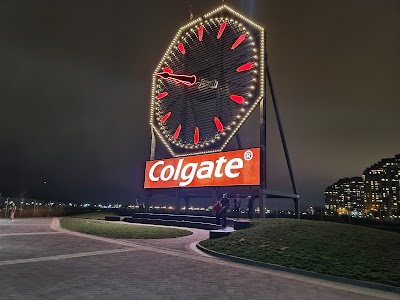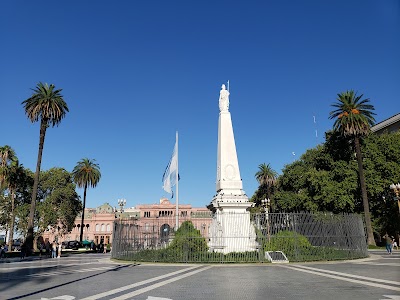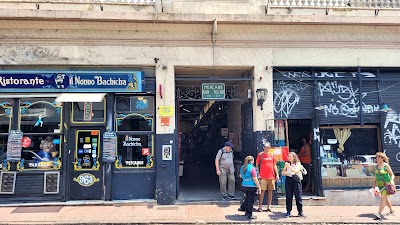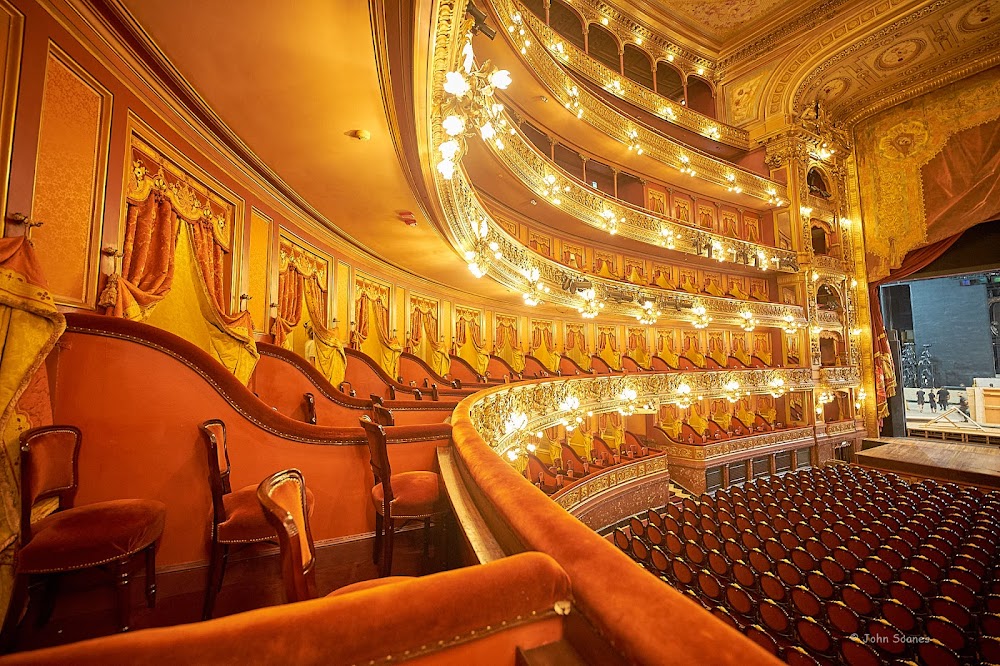Colgate Clock (Colgate Clock)
Overview
The Colgate Clock in Buenos Aires, Argentina, is a captivating landmark that beautifully intertwines history, engineering ingenuity, and modern urban allure. Nestled in the upscale neighborhood of Puerto Madero, this clock is more than just a timekeeper; it stands as a symbol of industrial heritage and a testament to the city's dynamic evolution.
Inaugurated in 1937 by the Colgate-Palmolive company, the clock has since become an iconic fixture in Buenos Aires' skyline. With a diameter of approximately 10 meters, its bold, circular face and striking red hue make it easily recognizable from various vantage points throughout the city, especially when it lights up the night sky. Its location in Puerto Madero, an area undergoing significant redevelopment, juxtaposes its historical significance with the contemporary vibe of the region.
Puerto Madero is celebrated for its modern architecture, upscale establishments, and vibrant culture, and the Colgate Clock fits seamlessly into this milieu. The clock's history dates back to a time when this area was primarily focused on docks and warehouses. At that time, Colgate-Palmolive operated a factory nearby, and the clock was installed atop the plant as a symbol of progress and industrial strength. Although the factory is no longer in existence, the clock remains as a nostalgic reminder of Buenos Aires' robust industrial past.
One intriguing aspect that visitors often find fascinating is the mechanism of the clock. It operates using a sophisticated system that has been meticulously maintained over the years, ensuring its accuracy and functionality despite the passage of time. For those intrigued by industrial design and mechanical engineering, the Colgate Clock offers a glimpse into the ingenuity of early 20th-century technology.
The significance of the Colgate Clock extends beyond its mechanical workings; it serves as a historical marker and an urban touchstone for both locals and visitors alike. For many Porteños (residents of Buenos Aires), the clock evokes nostalgic memories of a bygone era when the city’s relationship with time and industry was more pronounced. For international tourists, it offers a tangible link to the city’s rich cultural tapestry, showcasing Buenos Aires' transformation from an industrial hub to a modern metropolis.
Visiting the Colgate Clock is also an opportunity to explore Puerto Madero in greater depth. The neighborhood reflects Buenos Aires' ongoing evolution. As you stroll along its wide boulevards, you'll encounter a fascinating blend of restored historic buildings alongside gleaming new skyscrapers. Nearby attractions include the Puente de la Mujer (Bridge of the Woman), a striking piece of modern architecture designed by Santiago Calatrava, as well as several high-end restaurants and boutiques that contribute to the area's vibrancy.
In addition to its historical and cultural significance, the Colgate Clock offers practical benefits for tourists. Its location in Puerto Madero makes it easily accessible from other key areas of the city. Whether you’re coming from the bustling city center or the quieter southern districts, the clock is just a short taxi or bus ride away. The area is also pedestrian-friendly, allowing for a picturesque walking experience along the docks, enhanced by the sight of the giant clock.
Moreover, the Colgate Clock is frequently included in city tours, making it convenient for tourists to incorporate into their itineraries. Many guided tours provide historical context and engaging anecdotes about the clock and its surroundings, enriching your visit with stories that bring the place to life. Whether you’re an avid photographer seeking iconic cityscapes or a history enthusiast eager to explore Buenos Aires' past, the Colgate Clock offers something for everyone.
In conclusion, the Colgate Clock is more than just a timepiece; it is a historical landmark that encapsulates the industrial heritage and cultural evolution of Buenos Aires. Its prominent location in Puerto Madero, combined with its rich history and intriguing mechanical design, makes it a must-visit for anyone exploring the city. Standing before this monumental clock, you become part of a continuum that stretches back to the early 20th century while looking forward to the vibrant future of Buenos Aires.







